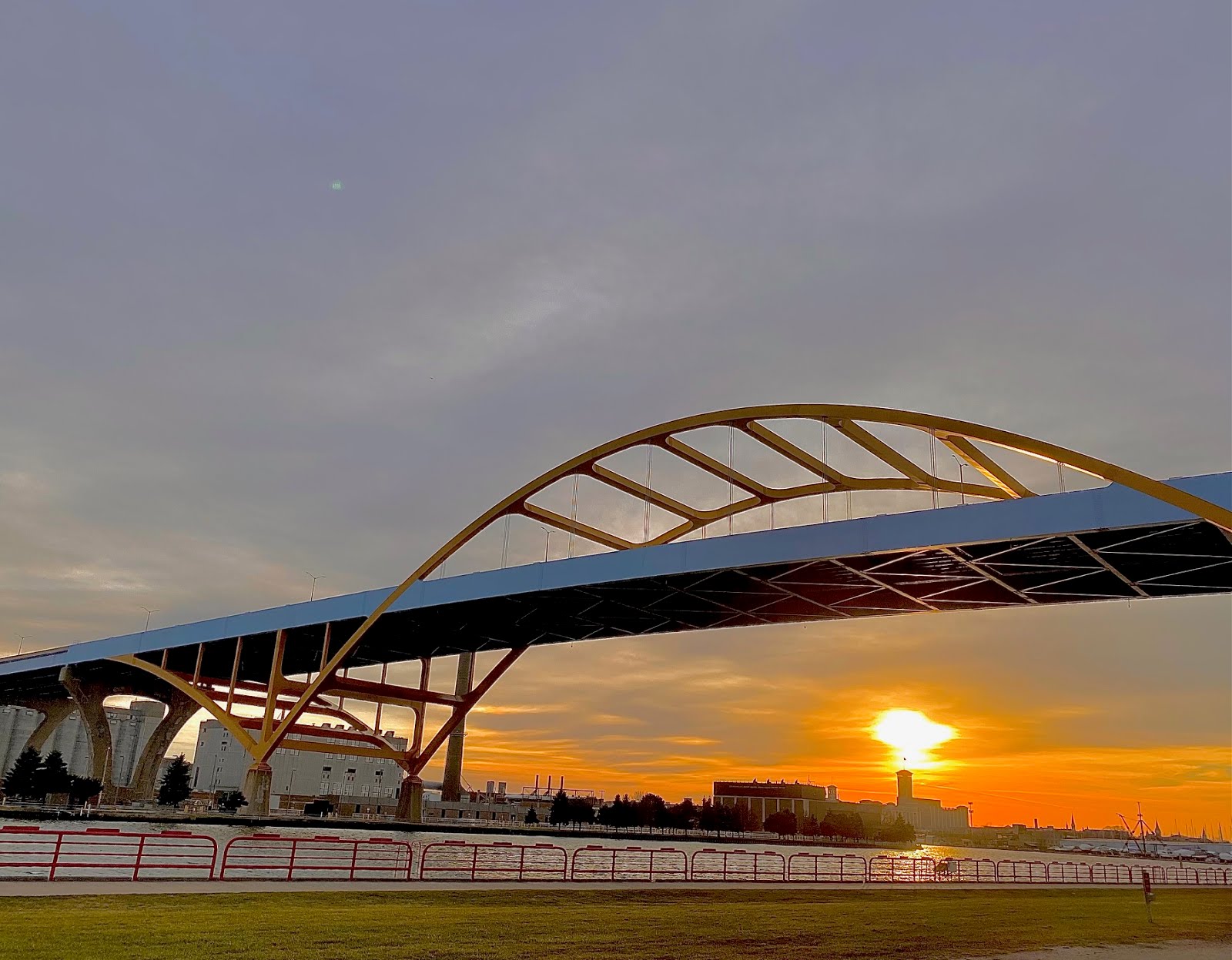Fines AND Restoration Needed For Enbridge Pipeline Violations
It's my pleasure to offer another in an occasional series of guest posts by environmental experts.
This one, by Erin O'Brien of the Wisconsin Wetlands Association, is about recent violations by a major pipeline contractor. I appreciate that there are photos available through a link, below.
*****
The permit authorizing construction of Enbridge’s 321-mile pipeline, included 115 environmental conditions, and concluded:
The proposed project, if constructed in accordance with this permit (emphasis added), will not result in significant adverse impacts to wetland functional values, will not adversely affect water quality, and will not increase water pollution in surface waters.
Earlier this month, the Wisconsin Department of Natural Resources (DNR) referred Enbridge to the Wisconsin Department of Justice (DOJ)for multiple violations of these wetland and waterway protection conditions.
The official allegations remain confidential pending DOJ’s review and action, but by Wisconsin Wetlands Association’s count, the case is built upon close to, if not more than, 181 separate alleged violations. *(see footnote)
DOJ is not obligated to pursue the case, but the documentation submitted for each alleged violation, including written reports and photographs (click here for examples), present a compelling case in favor of prosecution.
State law allows for fines anywhere from $10 - $5,000 per incident, per day, though these cases often settle before going to trial.
Civil prosecution and fines may, or may not, enhance the clean-up. The permit already requires Enbridge to re-assemble, re-vegetate, and monitor the recovery of impacted wetlands and waterways.
This work is guaranteed with a $5 million bond which the DNR can use to hire contractors if Enbridge doesn’t get the job done.
The restoration and monitoring conditions represent the promises Enbridge made in exchange for permission to build, but the case before the DOJ is about resolution of the promises and laws that Enbridge broke.
In recent coverage of the referral, Enbridge describes the violations as minor infractions and brags about its rapid response to environmental concerns along the corridor.
Individually, some of the violations are minor, but cumulatively they add up to substantial impacts. And even if every violation was minor, the sheer volume is inexcusable.
Pipeline construction IS inherently messy. But sending a crew out to clean up a mess is not the same as reducing impacts through strict adherence to permit conditions.
Some messes can be cleaned up, but others such as releasing a sediment plume into a running river, burying the wetland seedbank beneath impermeable subsoils and accidentally clearing wetland trees result in permanent degradation.
The State of Wisconsin now has to decide what to do about the portions of Enbridge’s mess that could and should have been avoided. Civil penalties, or a comparable settlement, would prove to Enbridge and the concerned public that the state expects compliance with the environmental conditions attached to construction approvals.
*Based on data reported by Independent Environmental Monitors in daily compliance monitoring reports since construction began in January 2007.









1 comment:
Nice pictures, I am ashamed that a portion of my tax money went to an environmental monitor to take those pictures... The new pipelines environmental benefits (transportation of fuels by pipeline rather than trucking) outway any minor damages you can find with your camera....
Post a Comment